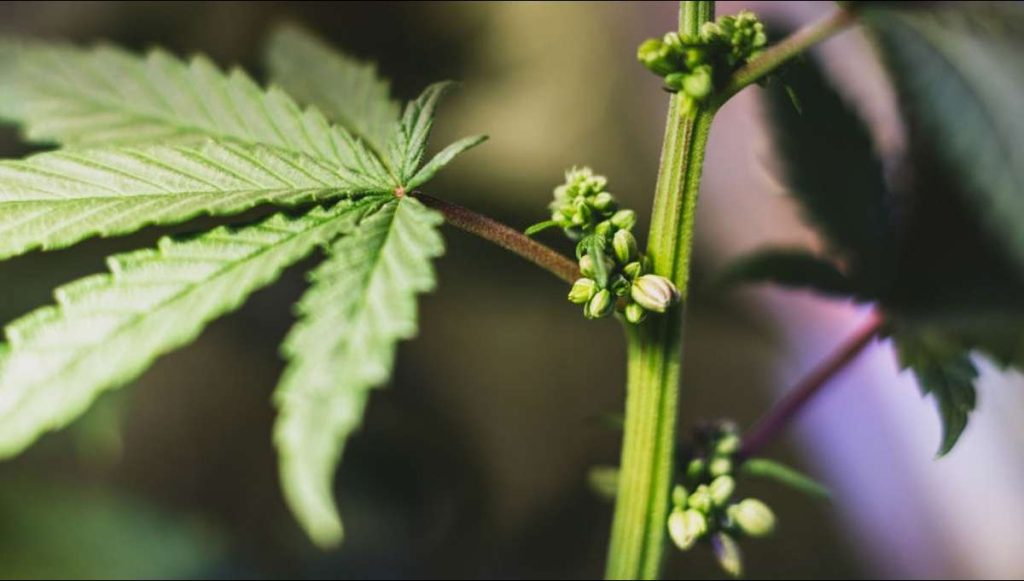Learning the Differences Between Male and Female Cannabis Plants
- Blog
- Learning the Differences Between Male and Female Cannabis Plants
lynette
Growing cannabis can be both a rewarding and complex process. One of the critical aspects that every grower needs to understand is the difference between male and female cannabis plants. Knowing how to identify and manage these differences can significantly impact the quality and yield of your harvest.
Cannabis plants are dioecious, meaning they have distinct male and female plants. This characteristic is crucial for reproduction. In nature, male plants produce pollen that fertilizes female plants, leading to seed production.
However, for growers focused on producing high-quality buds, the presence of male plants is generally undesirable.
Identifying the gender of your cannabis plants is an essential skill for any grower. Typically, the sex of a cannabis plant becomes apparent during the pre-flowering stage, which occurs about six weeks into the growth cycle.
Male plants develop pollen sacs that resemble small, round balls. These sacs will eventually open to release pollen. On the other hand, female plants develop pistils, which look like tiny white hairs.
These pistils emerge from the calyx, a small teardrop-shaped part of the plant.
For growers aiming to cultivate cannabis for their buds, identifying and removing male plants early is crucial.
Male plants do not produce the resinous buds that are rich in cannabinoids like THC and CBD. Instead, they focus their energy on producing pollen. If male plants are not removed, they can pollinate female plants.
Once pollinated, female plants will divert their energy from bud production to seed production, leading to lower-quality buds.
Female cannabis plants are the star of the show when it comes to cultivation for consumption. These plants produce the large, resin-coated buds that contain the cannabinoids and terpenes sought after for both recreational and medicinal use.
By avoiding pollination, female plants will continue to produce flowers, resulting in a higher yield of potent, seedless buds known as sensimilla.

Cannabis plants can sometimes exhibit both male and female characteristics. These hermaphroditic plants, often called “hermies,” can develop due to genetic factors or environmental stress.
Hermaphroditic plants can self-pollinate, which can lead to a crop full of seeds. Managing hermaphroditic plants involves careful monitoring and removal to prevent them from affecting the rest of your crop.
When growing cannabis, it’s essential to start with high-quality seeds or clones. Many growers prefer feminized seeds, which are bred to produce only female plants, reducing the risk of ending up with unwanted males.
Regular seeds, however, can produce both male and female plants, so they require more careful monitoring.
Understanding the lifecycle of cannabis plants can help in effectively managing their growth. Both male and female plants start similarly, but their paths diverge as they mature.
Male plants typically grow taller and develop faster than females. This rapid growth helps them to release pollen over a wide area, increasing the chances of fertilizing female plants. As they mature, male plants produce clusters of small flowers that open to release pollen.
Female plants, on the other hand, grow bushier and focus their energy on developing buds. The flowers of female plants are more complex and are designed to catch pollen. If left unpollinated, these flowers will continue to grow, producing the dense, sticky buds desired by growers.
In a mixed-gender crop, vigilance is key. Regular inspections of your plants during the pre-flowering stage can help identify and remove male plants before they can release pollen. This practice ensures that female plants remain unpollinated and can produce high-quality buds.
If you are using regular seeds and expect to have both male and female plants, it might be useful to have a separate area for males.
This way, you can collect pollen if needed for breeding purposes without risking the pollination of your female plants.
While male plants are generally removed in bud-focused cultivation, they play a crucial role in breeding. Breeders use male plants to create new strains by selectively pollinating female plants.
This process allows for the combination of desirable traits from both parent plants, leading to the development of unique and potentially more potent cannabis varieties.
When breeding, it’s important to select male plants that exhibit strong and desirable characteristics, such as vigorous growth, resistance to pests, and a pleasant aroma. These traits can be passed on to the offspring, creating stronger and more resilient plants.
Understanding the differences between male and female cannabis plants is fundamental for successful cultivation. While male plants are essential for breeding and seed production, female plants are prized for their potent, resinous buds.
By identifying and managing the gender of your cannabis plants, you can ensure a higher yield of quality buds and a more efficient growing process. Whether you are a hobbyist or a professional grower, mastering this aspect of cannabis cultivation will undoubtedly enhance your overall growing experience.
© Copyright 2025 Cultivating Homegrown Organic Marijuana